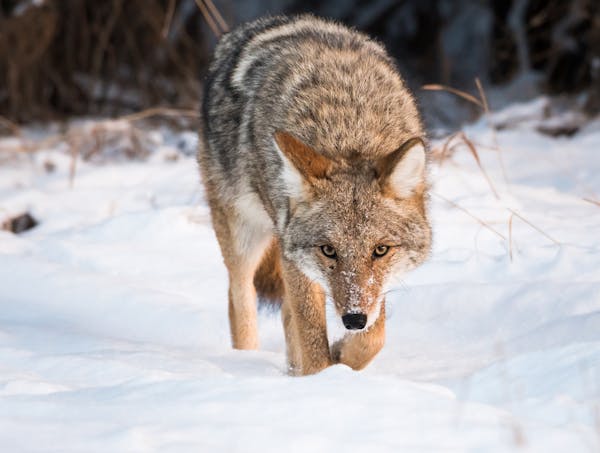During winter in Minnesota, American crows mainly congregate in the southern two-thirds of the state. They are much less numerous in the north.
Banding records tell us that crows are very social and live in large extended-family groups, most often staying with the same mate year after year.
American crows can be considered partly migratory — some are year-round residents. In the fall and spring, flocks of crows move along the North Shore of Lake Superior, undoubtedly migrating from and to parts of Canada.
They participate in flocking behavior, with groups gathering in winter feeding and roosting areas. Starting in mid-November, usually an hour or two before dark, crows will come from all directions to a staging area. To us they are noisy gatherings, but there is a social purpose. Maybe it's the way for crows to meet potential mates, reconnect with individuals, or it may help them join a successful foraging flock for future days. The big gathered flock will fly to the final night roosting spot close to sunset.
Nightly communal roosts number from 50 to 10,000 birds — or even thousands more. Often cities are the sites of communal roosts. I have seen tens of thousands of roosting American crows in both downtown Rochester and Minneapolis. These and other cities provide large deciduous trees to perch and sleep in. The main reason for city roosting may be the fear of great horned owls, which take adults as well as nestling crows for food. Crows don't see well at night; owls do.
Jim Gilbert taught and worked as a naturalist for 50 years.

Souhan: This is KAT's chance to prove Flip Saunders was right
Coyotes' move to Salt Lake City elicits opposing responses in 2 cities
Phillies' Spencer Turnbull has no-hit bid through 6 innings vs. White Sox

